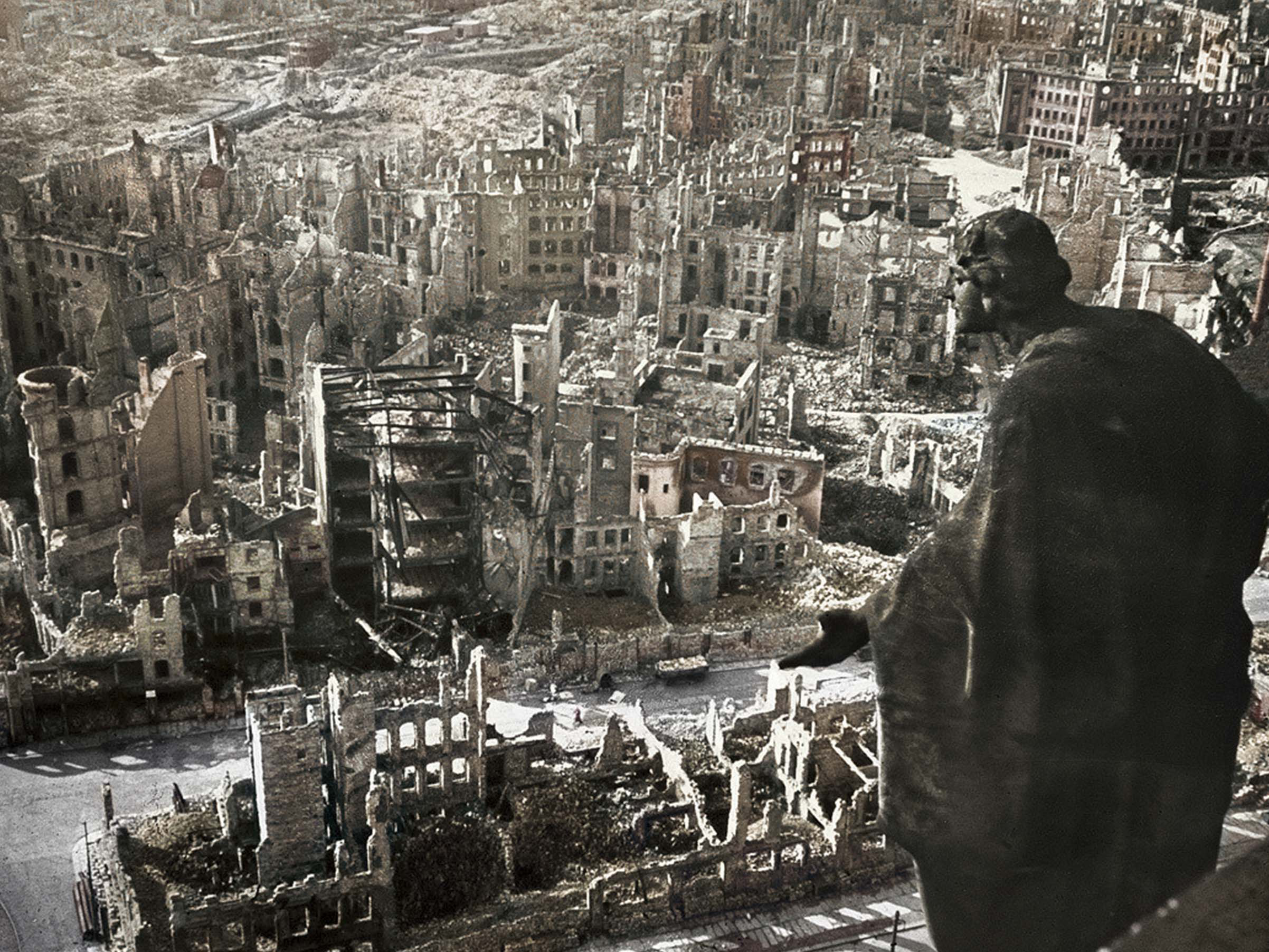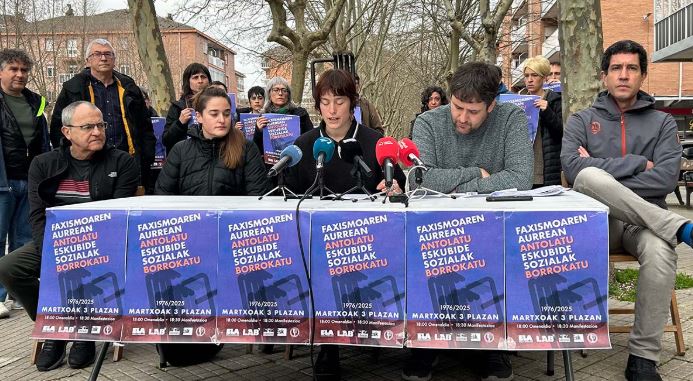Is the Dark Middle Ages?

The European Middle Ages are generally depicted as a dark era. We relate it to delay, violence, belief and tyranny. Those who lived that time are considered barbaric and ignorant. Its name is also significant, because it is contemptible: as a time of little importance that existed between Antiquity and the Renaissance in the middle. In several Spanish, the medieval adjective has negative connotations and is used to define things that are delayed, precarious or unfair. The negative imaginary of that time is so internalized that the recording cameras of the movies then install a dark filter.
But this representation is inadequate because it's based on prejudice and topics. First, a full millennium (from the 5th to the 15th century). Century), because it would be a mistake to consider the long period that lasted to be a uniform and monolithic time. But not only that, studies show that the prejudices we have about the Middle Ages are wrong. For example, with regard to hygiene, it has been shown that those at the time were frequently washed and took sanitary measures, even though they did not have products like the present ones. As far as clothing is concerned, there was also no mention of dark, rascacillating skin that appears in films; they knew fabrics like flax, silk or wool, and they were often quite colorful.
Likewise, the Middle Ages were the time of development of sciences and arts. The collection and reproduction of numerous Greek and Roman texts in monasteries allowed their transmission; thanks to the Middle Ages we know classical philosophy and literature. Also, as Christian Europe was in contact with the Muslim world, the influence of Eastern knowledge came to the west. The Middle Ages were the time of Romanesque and Gothic art and the creation of universities.
Harassment of inquisition about women is often related to the Middle Ages. But this is also a mistake, because although the roots of the Inquisition date back to the 12th century, most executions and sanctions took place in the Modern Age. Witch hunting was the worst proverb of Renaissance humanism and not of the Middle Ages. The situation of women in general began to worsen from the Council of Trento (1545-1563) and probably at the end of the Middle Ages they had more autonomy than in our birramons. Do you still think the Middle Ages were a dark time?
49 urte eta gero Espainiako Poliziak Gasteizko Maria Sortzez Garbiaren katedralean eraildako bost langileak oroitu dituzte beste behin astelehen arratsaldean. Milaka pertsona batu dira Zaramagatik abiatutako eta katedralean amaitutako manifestazioan. Manifestari guztiek ez dute... [+]
Martxoaren 30erako Iruña-Veleia martxan, SOS Iruña-Veleia eta Euskeraren jatorria elkarteek manifestaziora deitu dute, Aski da! Argitu, ez suntsitu lelopean. Azken bi urteetan "hondeatzaileak sistematikoki eremu arkeologiko oso aberatsak suntsitzeko modu... [+]
1976ko martxoaren 3an, Gasteizen, Poliziak ehunka tiro egin zituen asanbladan bildutako jendetzaren aurka, zabalduz eta erradikalizatuz zihoan greba mugimendua odoletan ito nahian. Bost langile hil zituzten, baina “egun hartan hildakoak gehiago ez izatea ia miraria... [+]
Martxoak 3ko sarraskiaren 49. urteurrena beteko da astelehenean. Grebetan eta asanblada irekietan oinarritutako hilabetetako borroka gero eta eraginkorragoa zenez, odoletan itotzea erabaki zuten garaiko botereek, Trantsizioaren hastapenetan. Martxoak 3 elkartea orduan... [+]
Memoria eta Bizikidetzako, Kanpo Ekintzako eta Euskarako Departamentuko Memoriaren Nafarroako Institutuak "Maistrak eta maisu errepresaliatuak Nafarroan (1936-1976)" hezkuntza-webgunea aurkeztu du.
Urruña, 1750eko martxoaren 1a. Herriko hainbat emakumek kaleak hartu zituzten Frantziako Gobernuak ezarritako tabakoaren gaineko zergaren aurka protesta egiteko. Gobernuak matxinada itzaltzeko armada bidaltzea erabaki zuen, zehazki, Arloneko destakamentu bat. Militarrek... [+]
Ezpatak, labanak, kaskoak, fusilak, pistolak, kanoiak, munizioak, lehergailuak, uniformeak, armadurak, ezkutuak, babesak, zaldunak, hegazkinak eta tankeak. Han eta hemen, bada jende klase bat historia militarrarekin liluratuta dagoena. Gehien-gehienak, historia-zaleak izaten... [+]
Martxoaren 3ko Memoriala hornitzeko erabiliko dira bildutako objektuak. Ekimena ahalik eta jende gehienarengana iristeko asmoz, jardunaldiak antolatuko ditu Martxoak 3 elkarteak Gasteizko auzoetan.
In the Maszycka cave in Poland, remains of 18,000 years ago were found at the end of the 19th century. But recently, human bones have been studied using new technologies and found clear signs of cannibalism.
This is not the first time that a study has reached this conclusion,... [+]
Porzheim, Germany, February 23, 1945. About eight o’clock in the evening, Allied planes began bombing the city with incendiary bombs. The attack caused a terrible massacre in a short time. But what happened in Pforzheim was overshadowed by the Allied bombing of Dresden a few... [+]



















